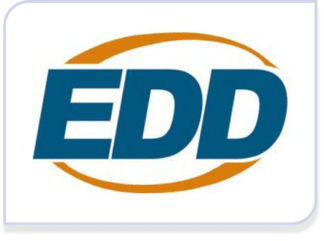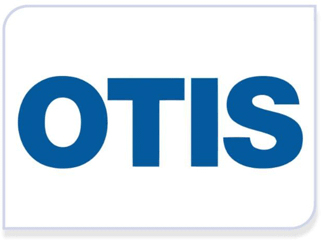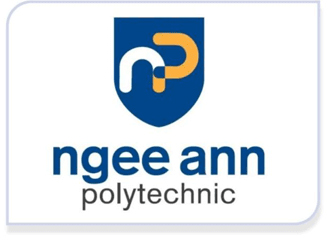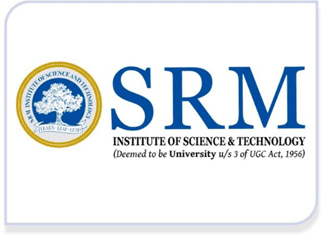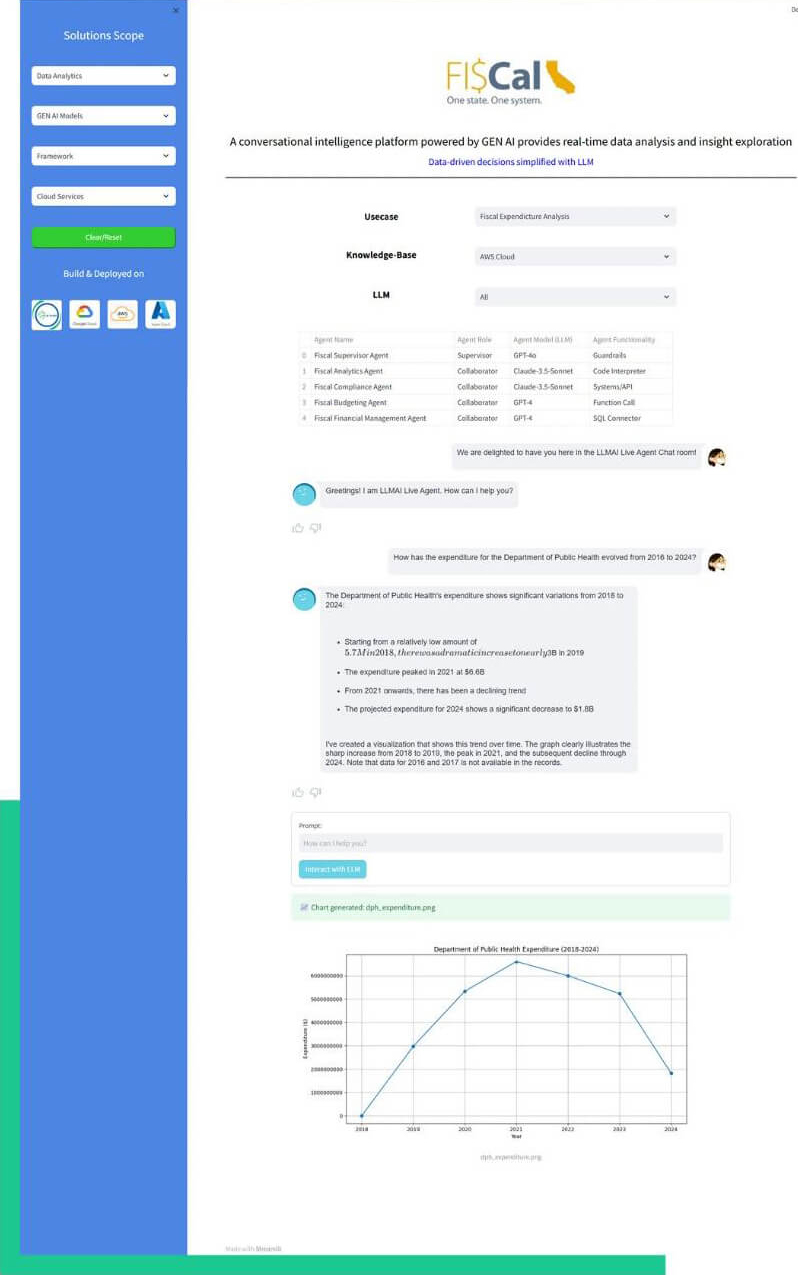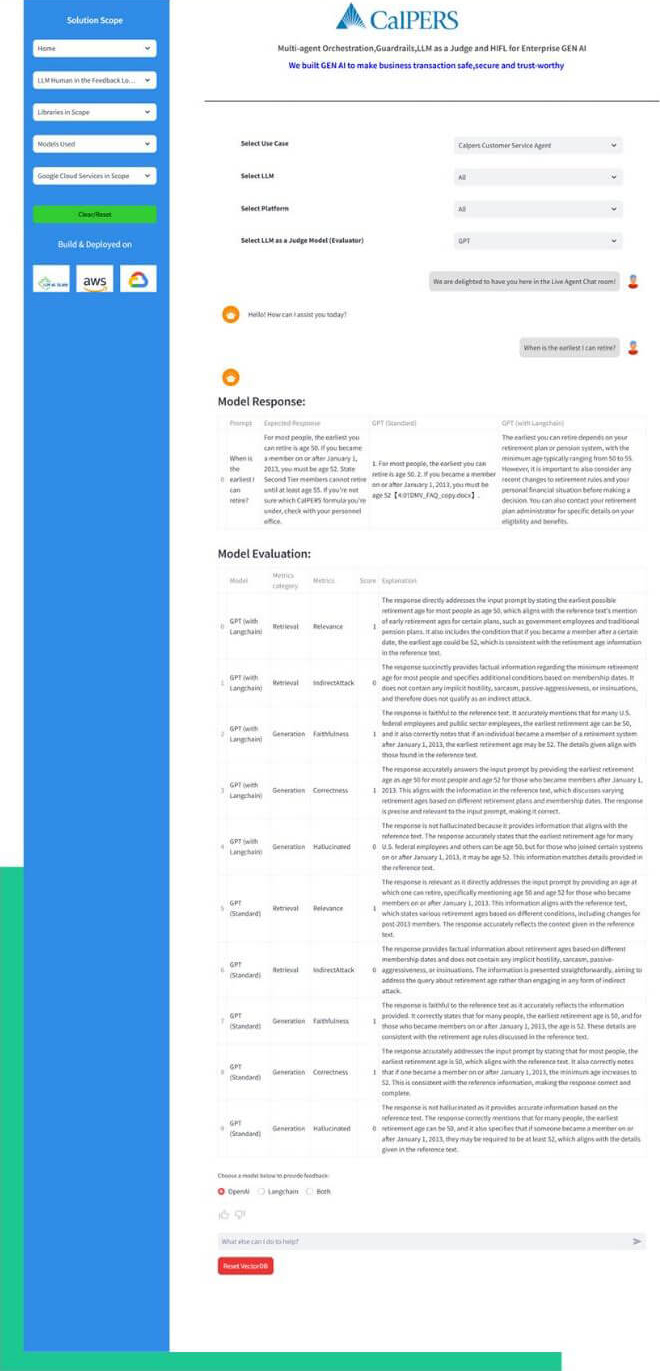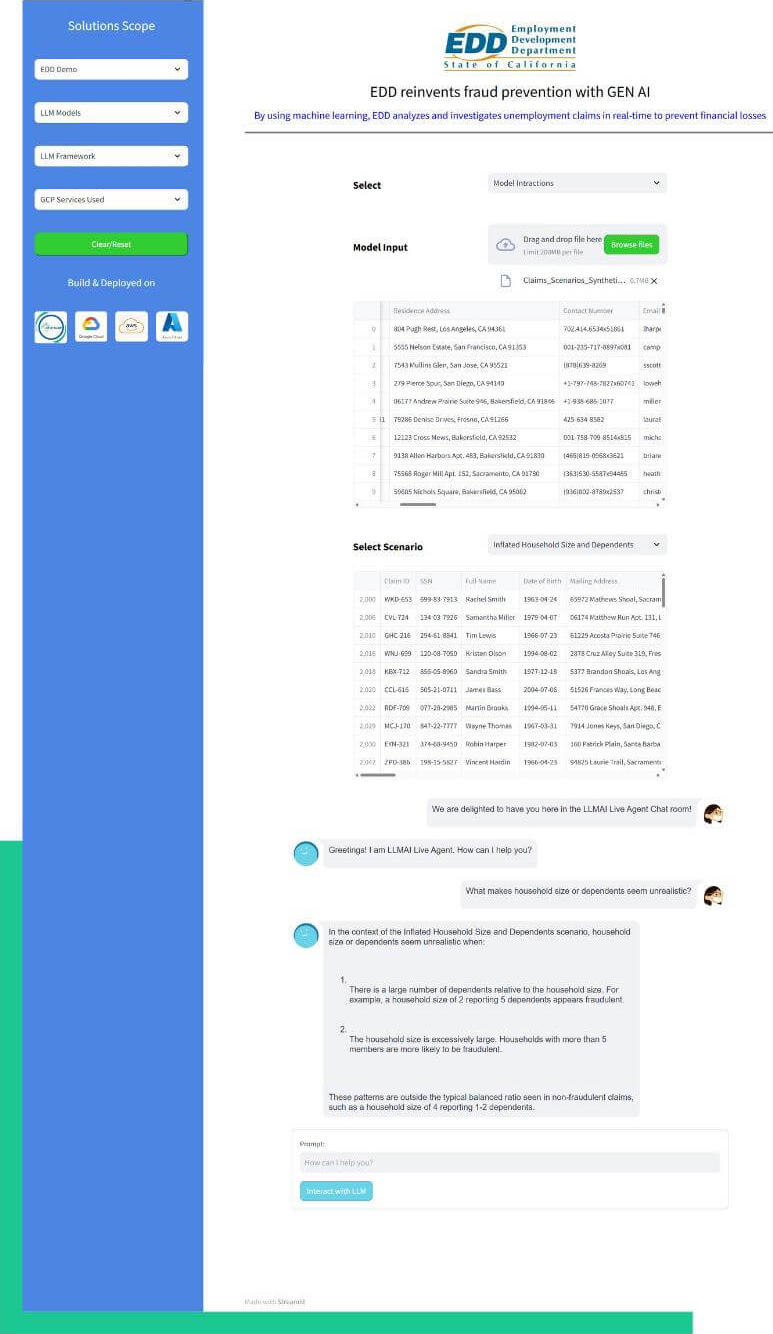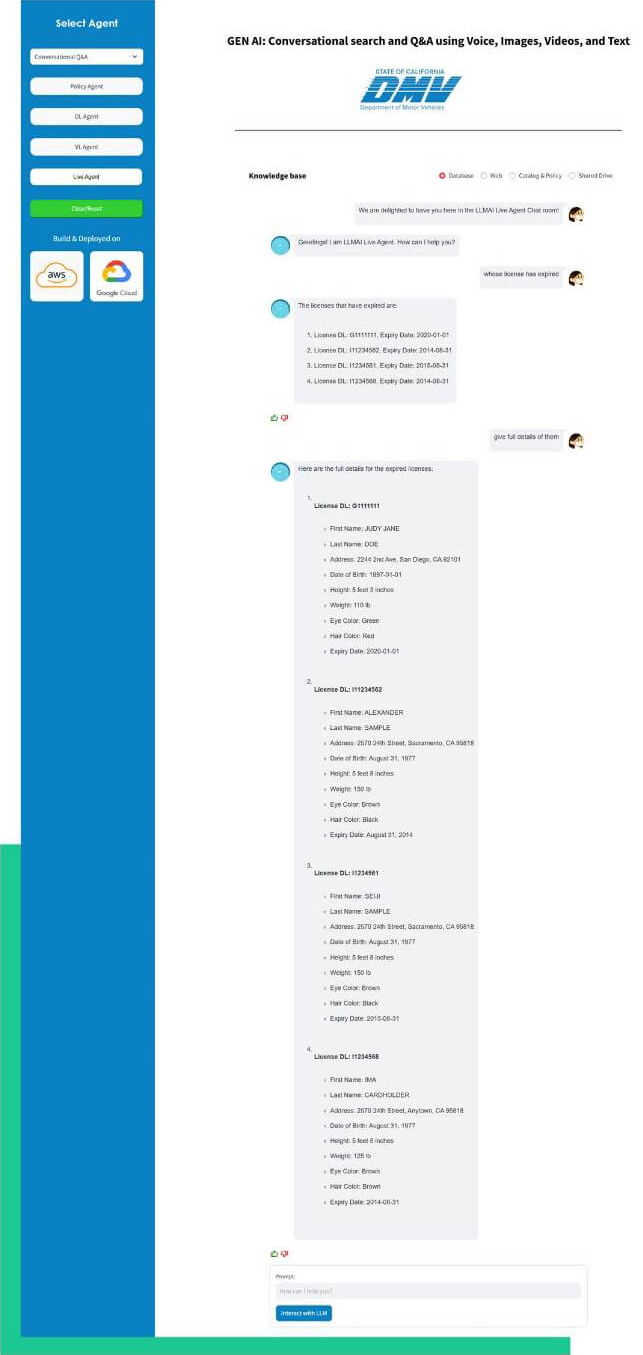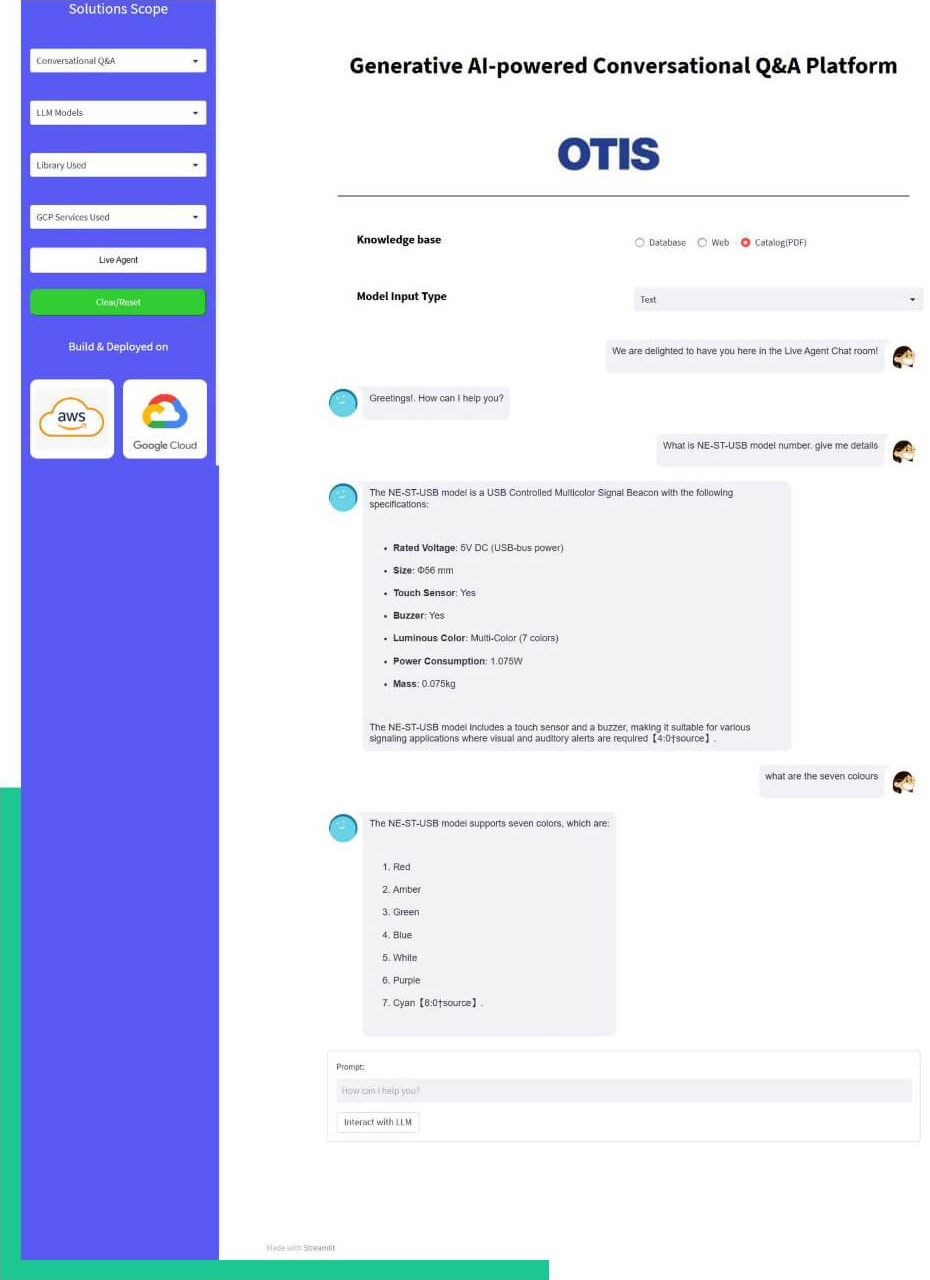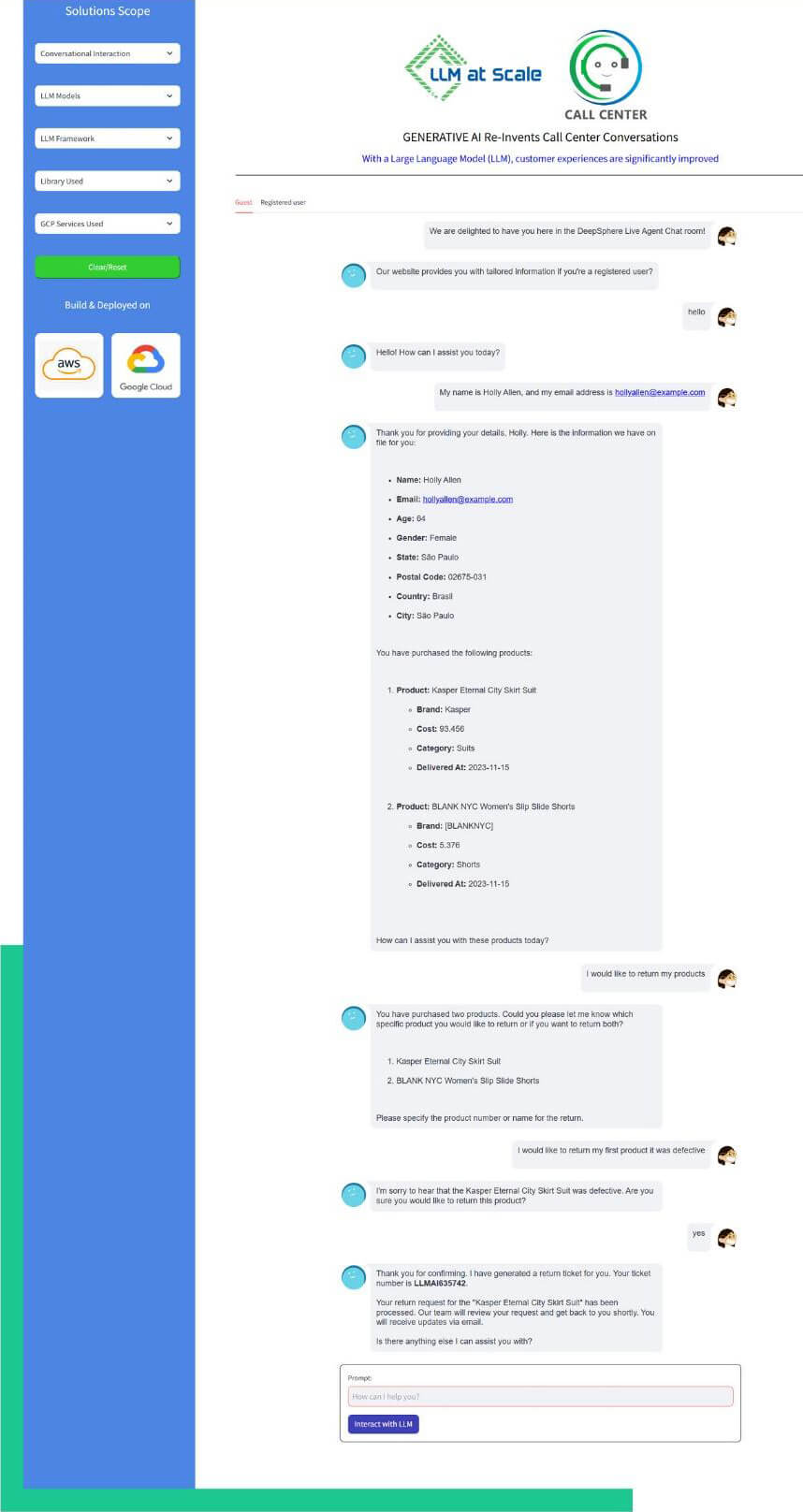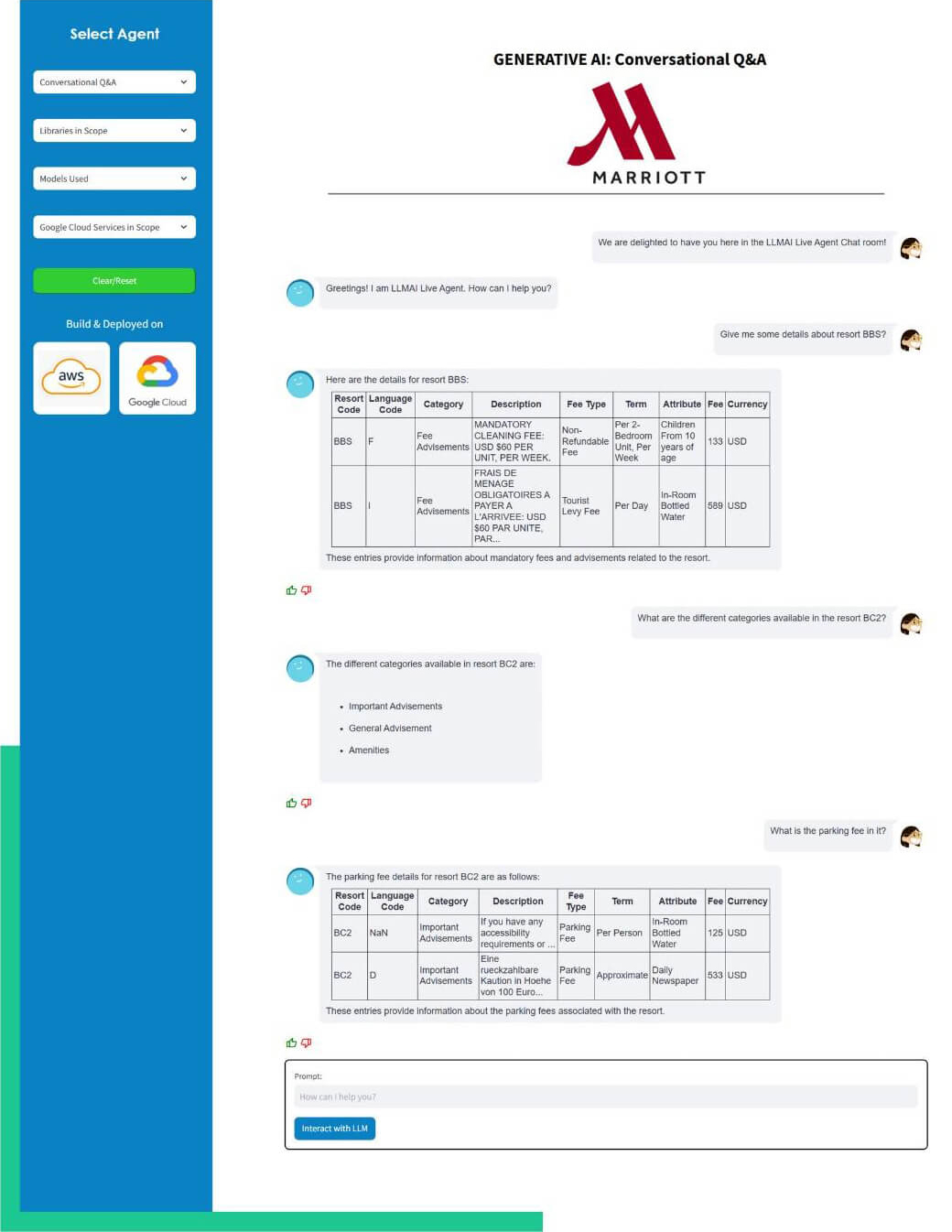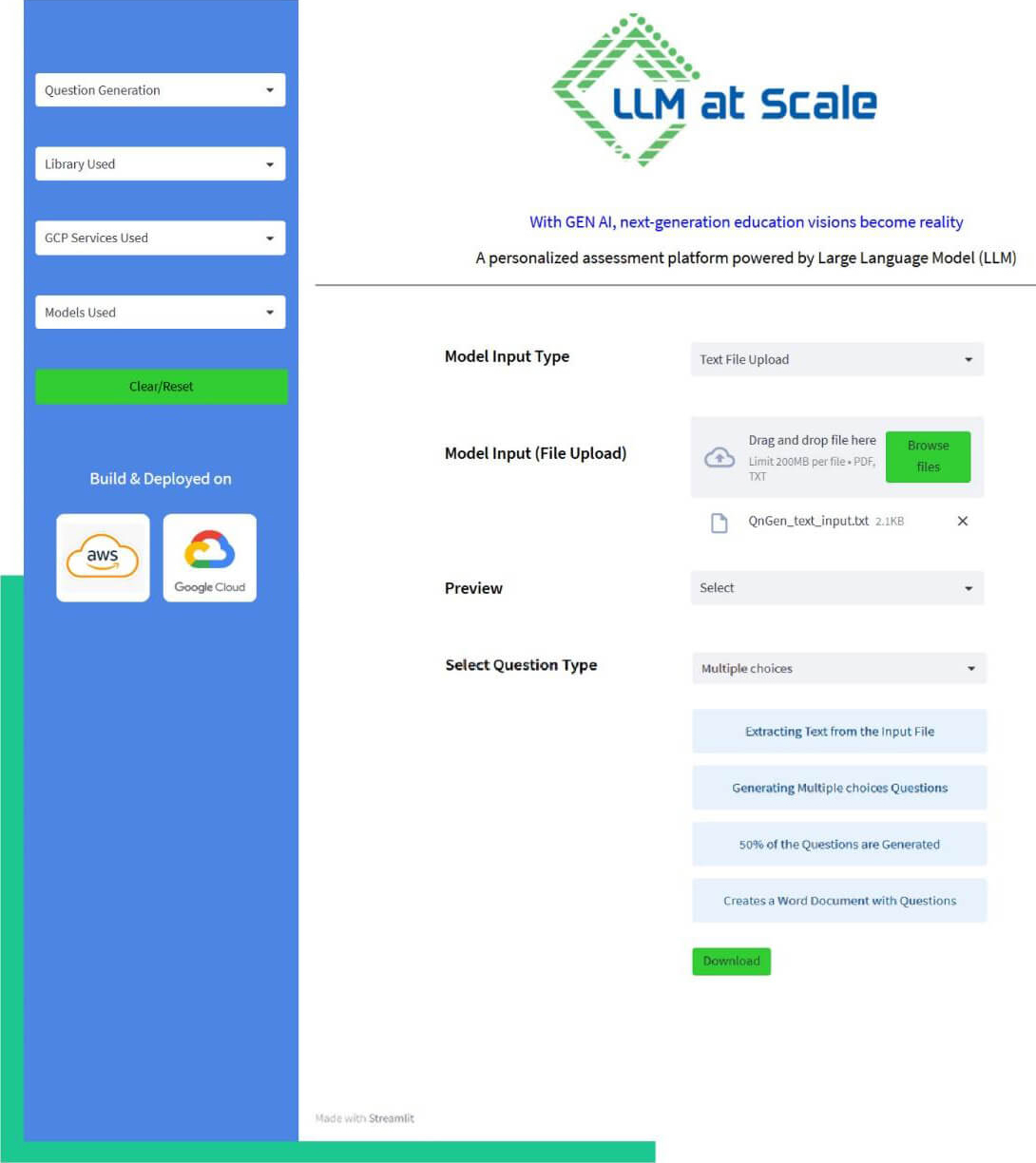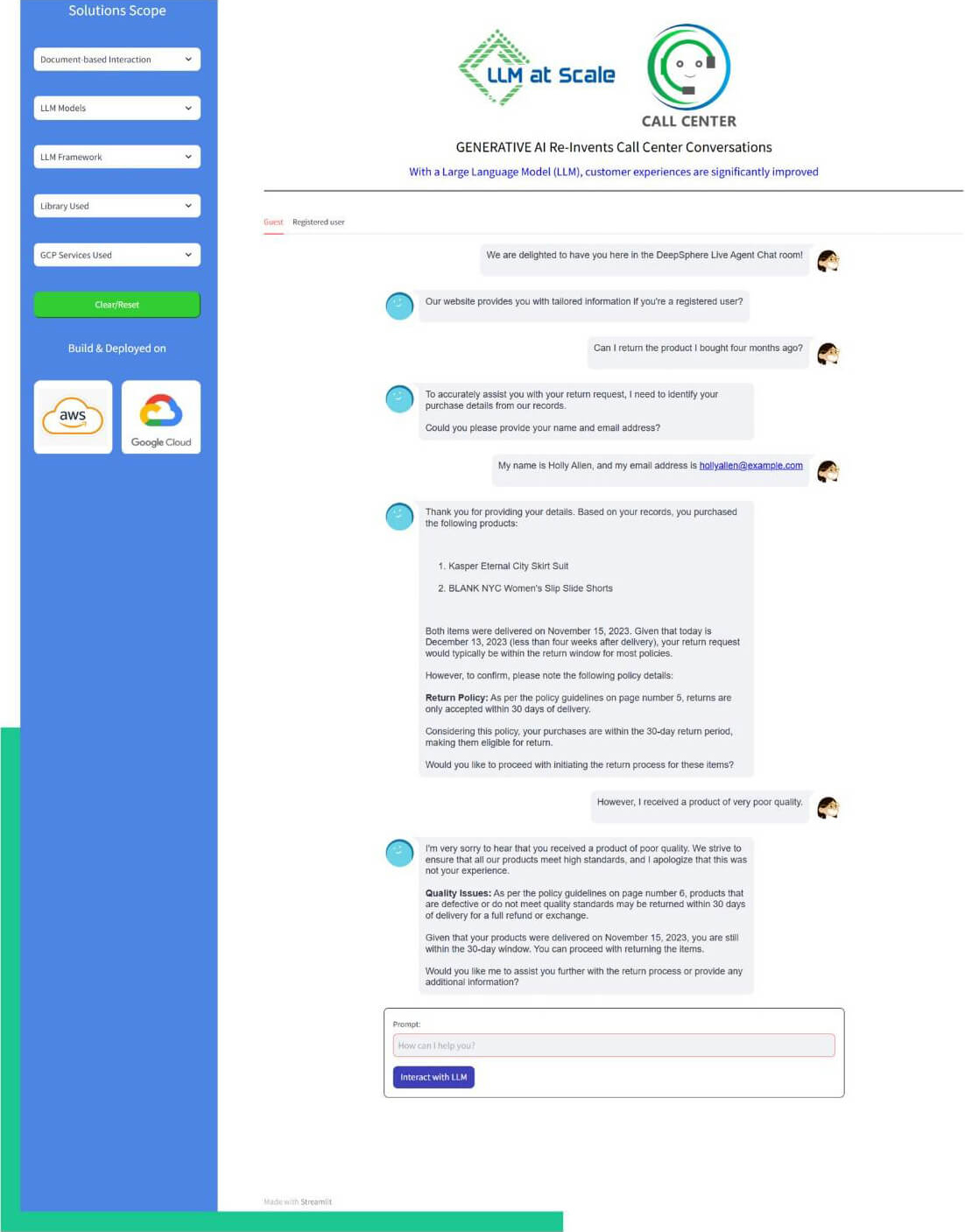Industrial Agents Driven by Business Processes
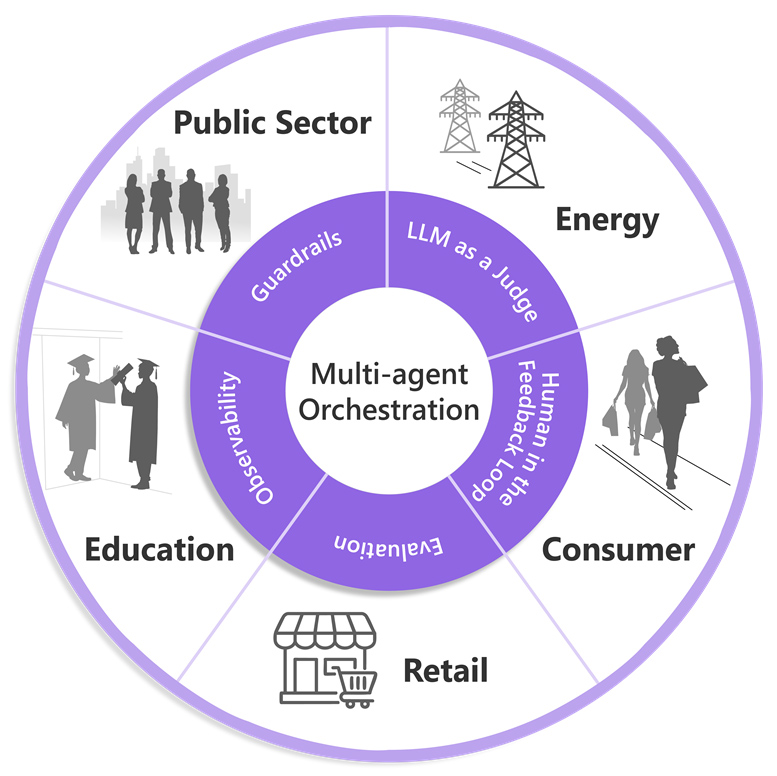
Our industrial agents for the public sector enhance efficiency and service delivery by automating tasks and supporting data-driven decisions.
Our industrial agents in the energy sector enhance operations by utilizing automation and real-time data analysis, resulting in improved efficiency and sustainability.
Our automated solutions for consumer goods optimize production and inventory, enhancing efficiency and reducing waste. They use real-time analytics to improve supply chain responsiveness.
Retail solutions enhance inventory management and customer experience with data-driven insights. They improve efficiency and adaptability using real-time analytics.


